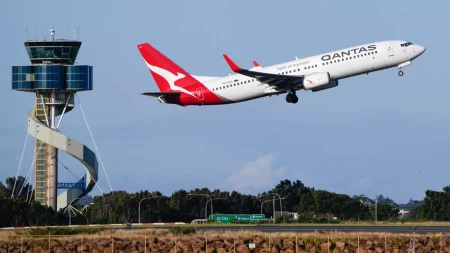Flight Taxes in the Netherlands: Among Europe’s Highest
The Netherlands currently maintains one of the most robust flight taxation systems in Europe, placing it at the forefront of countries implementing substantial levies on air travel. This approach reflects the Dutch government’s dual commitment to environmental sustainability and revenue generation, though it has sparked ongoing debates about economic impacts and effectiveness. The tax structure applies to both departing passengers and cargo flights, creating a comprehensive framework that touches virtually all aspects of commercial aviation within Dutch borders.
What distinguishes the Dutch approach is not merely the presence of these taxes but their magnitude. When compared to neighboring European nations, Dutch flight taxes consistently rank among the highest, creating a notable cost differential for travelers and airlines operating from Dutch airports. This disparity has raised concerns about competitive disadvantages for Dutch aviation interests, particularly Amsterdam’s Schiphol Airport, which serves as a crucial international hub. Industry stakeholders frequently highlight how these higher costs potentially redirect traffic to alternative European gateways where tax burdens are less onerous.
The environmental rationale behind these elevated taxes rests on the principle that aviation should bear more responsibility for its carbon footprint and other environmental impacts. By implementing substantial taxation, Dutch policymakers aim to internalize some of these external costs while potentially influencing travel behavior toward more sustainable alternatives. The revenue generated also contributes to national sustainability initiatives, creating a financial mechanism that, in theory, helps offset aviation’s environmental impacts. However, the effectiveness of this approach in genuinely reducing emissions remains a subject of ongoing analysis and debate among environmental economists and climate policy experts.
For the average traveler, these taxes translate directly into higher ticket prices when flying from Dutch airports. The additional costs vary based on journey length and ticket class but represent a noticeable premium compared to departures from many other European countries. This price differential creates economic ripple effects, influencing everything from tourism patterns to business travel decisions, particularly for cost-sensitive segments. While some travelers willingly absorb these higher costs, others modify their travel arrangements, sometimes choosing to depart from airports in neighboring countries to avoid the Dutch tax burden.
The Dutch aviation industry has responded to these tax challenges with a mixture of adaptation and advocacy. Airlines have implemented various strategies to remain competitive despite the higher cost basis, including operational efficiencies and route optimizations. Simultaneously, industry associations continue to advocate for a more harmonized European approach to aviation taxation, arguing that the current patchwork system creates market distortions without maximizing environmental benefits. This position reflects the complex balance between embracing sustainability goals and maintaining the economic viability of the Dutch aviation sector in a highly competitive international marketplace.
Looking forward, the Netherlands faces important decisions about the future evolution of its flight tax regime. As European discussions about aviation’s environmental responsibilities continue to advance, finding the right balance between meaningful environmental impact and economic sustainability remains challenging. The Dutch experience offers valuable insights for other countries contemplating similar measures, highlighting both the potential effectiveness of robust taxation and the economic trade-offs such policies entail. Whether the Netherlands maintains its position among Europe’s highest aviation tax jurisdictions or adjusts its approach in response to evolving European policies will significantly influence the country’s role in shaping the future of sustainable aviation.






